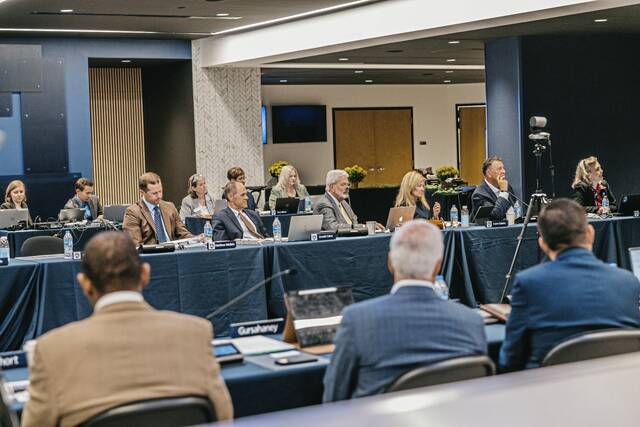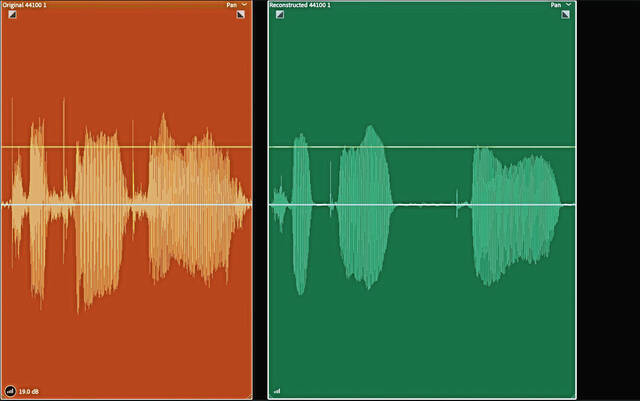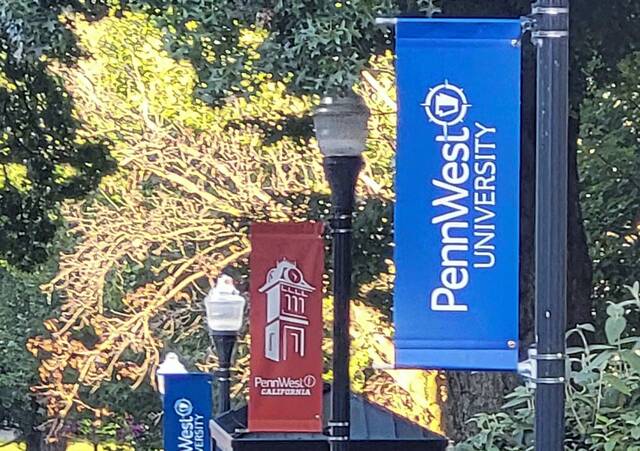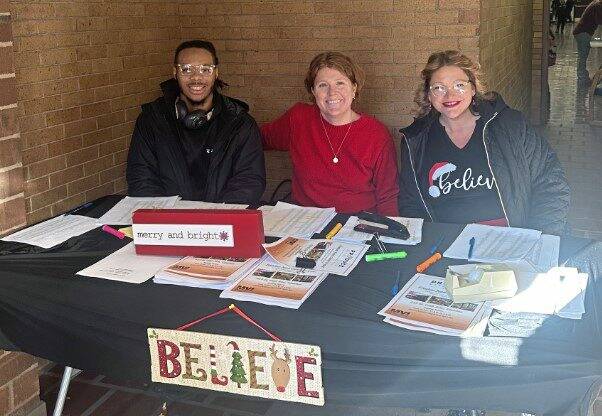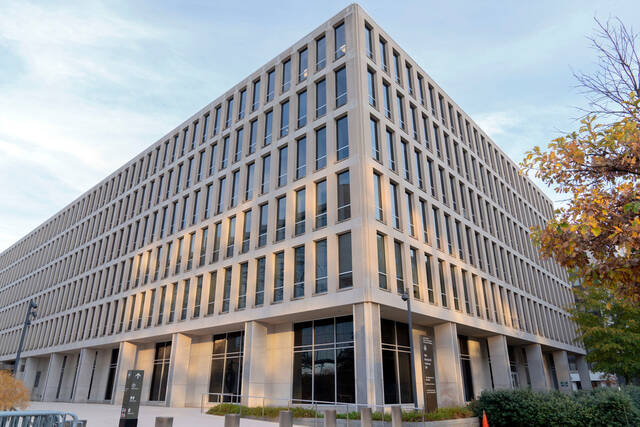Not every college classroom rates a visit from a European country’s ambassador and his entourage.
Then again, not many settings for teaching Slovak culture and language quite compare to the University of Pittsburgh’s Czechoslovak Room, one of 31 renowned Nationality Rooms on a campus that is home to the only permanent Slovak studies program in the United States.
That’s why Radovan Javorcik, the Slovak Republic’s ambassador to the United States, visited campus last week to tour the classroom along with other Nationality rooms in the Cathedral of Learning. All of the rooms are meticulously constructed to replicate classrooms from abroad prior to Pitt’s 1787 founding.
Javorcik and government representatives were on campus to explore potential academic collaborations with the university, said Renáta Kamenárová, director of Pitt’s Slovak studies program.
That partnership could take various forms, financial and otherwise, and comes at a time when Pitt and other universities are emerging from a pandemic that impacted educational exchange around the world.
“I really hope it could help increase enrollment, that we would have more scholarships and be able to send more students to study in Slovakia,” Kamenárová said.
The ambassador, in turn, stressed maintaining strong links between the United States and Slovakia, whose immigrants to Pittsburgh helped fuel the city’s growth. His NATO nation shares a border with Ukraine, which has been engaged in more than a year of fighting after being invaded by Russia, and faces other complex economic concerns upon which research and scholarship could be brought to bear.
“There are many challenges, including the Russian war on Ukraine and a lot of competition in business, science and education,” he said. “The most important thing is to keep our collaboration as tight as possible.”
The visit also is a reminder of the deep connections between Pittsburgh and a part of Europe that stretch back more than a century.
At least half a million Slovak immigrants came to the Pittsburgh region in waves and worked in its steel mills and coal mines, Kamenárová said.
Generations later, their descendants remain invested in the region.
“Pittsburgh has always been an important city for the Slovak Republic,” Kamenárová said.
She said Thursday’s visit was a day after the 105th anniversary of the Pittsburgh Agreement. Signed here on May 31, 1918, the agreement expressed the resolve of Czechs and Slovaks amid World War I to form an independent Czechoslovakia.
The document’s author, Thomas Garrique Masaryk, would go on to become the nation’s first president.
A century ago, immigrant communities donated time and money to develop the Nationality Rooms for their respective countries.
For decades, the Slovak community also has contributed to the Slovak studies program by creating a half-million-dollar endowment for a permanent faculty position. With the help of other Pitt faculty and visiting scholars, the program over the years has provided language and other instruction for undergraduates and graduates at Pitt and other campuses in the area.
Slovakia was created in 1993 after the breakup of the Soviet Union and the separation of the former Czechoslvakia into it and the Czech Republic
The landlocked Central European country of 5.5 million people is smaller than Pennsylvania and bordered by Poland, Czech Republic, Hungary, Austria and, to the east, Ukraine.
At Pitt, the Slovak studies program dates back decades and offers individual courses and an interdisciplinary minor in Slovak studies. Remote and hybrid course options have enabled the program to broaden its reach. It is part of Pitt’s Slavic Languages and Literatures Department.
In November, it hosted the 32nd annual Slovak Heritage Festival, an event in the Cathedral of Learning that includes culture, history, food, crafts and education.
Among those joining the ambassador at Pitt was Michal Fedak, Slovakia’s state secretary in the ministry of education, science, research and sport.
Like other Nationality Rooms with their artifacts, stained glass and rich wood, the Czechoslovak Room on the Cathedral’s first floor is an eye-catching sight.
The room has “folk-style inspired design” with “carved larchwood beams and botanical paintings that evoke a farmhouse appeal,” according to the Nationality Rooms website.
There are portraits of various reformers in the Czech and Slovak histories, according to Pitt. Javorcik didn’t hesitate when asked his favorite part of the Czechoslovak Room.
“The beams are really magnificent,” he said.




